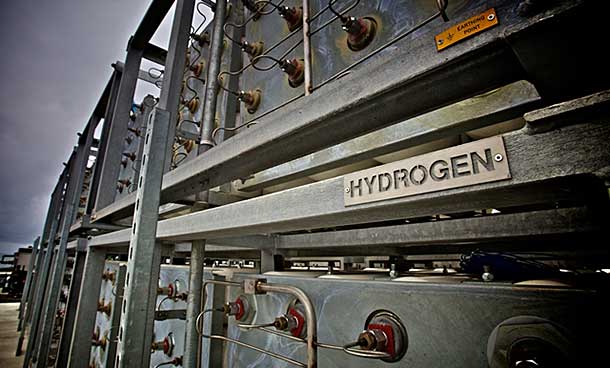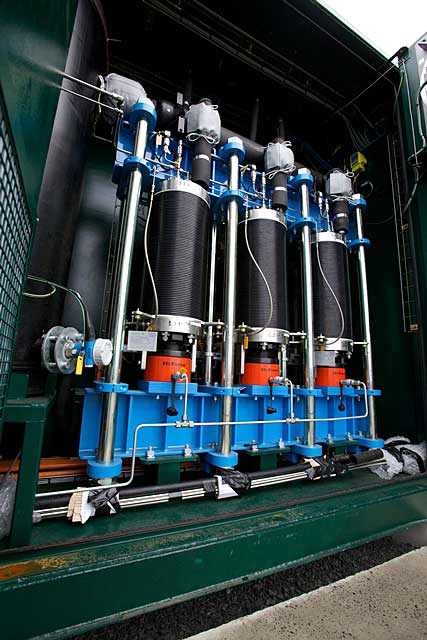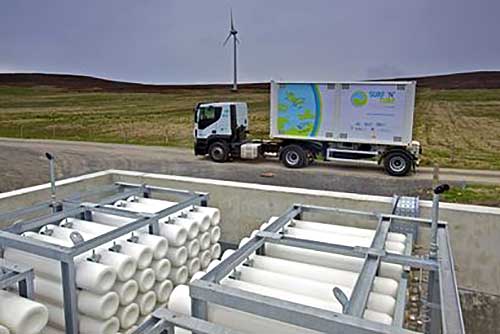Surf ‘n’ Turf, a pilot project installed in Orkney, Scotland, has successfully generated tidal and wind energy that will be used to generate hydrogen. Whatever hydrogen is produced will then be stored and used later for a variety of different ideas and schemes.
The European Marine Energy Centre (EMEC) believed that, unless hydrogen is produced from marine renewable projects, potential customers will go elsewhere. Thus, the need for a practical measure to generate and use electricity despite grid restraints in Orkney.
How is tidal energy produced?
Tidal energy generators are used to produce tidal energy. These are large underwater turbines that are placed in areas with high tidal movements. The generators are designed to capture the kinetic motion of the ocean tides. The ebbing and surging help produce electricity.
Because of the massive size of the oceans, tidal power is considered to have a great potential for future power and electricity generation.
Depending on the system used, energy from the tides can be captured in a vertical direction or through the flow of tides. With the former, the tide comes in and raises the water level in the basin before it is discharged through a turbine as the tides lower.
What is the technology used in Surf ‘n’ Turf project?
Surf ‘n’ Turf uses an electrolyzer unit that is powered by the Scotrenewables SR2000 and Tocardo TFS and T2 turbine prototype tidal energy converters that are currently being tested at the tidal energy test sites at EMEC. It is also powered by a wind turbine run by Eday Renewable Energy.
The power fed goes into a 0.5MW rapid response ITM Power electrolyzer unit that is located in an onshore substation. The unit generates hydrogen that can be moved and stored as needed.
According to EMEC’s Hydrogen Development Manager Jon Clipsham, “The electrolyser splits water into its component elements – hydrogen and oxygen – in an electrochemical process. Whilst generating hydrogen isn’t a new process, this is the first time that it has been generated from tidal energy”.
The renewable AC power is then converted to DC and applied to water in a series of electrochemical cells through catalysts. Technology Development Manager at ITM Power Kris Hyde explains that after the water goes through the catalysts, it is split into separate streams of hydrogen and oxygen. The former self-compresses and is then delivered to downstream equipment, while the latter is vented.
Challenges to using tidal energy to generate hydrogen power
Although tidal power is inherently a more predictable source than wind and wave, the technology used in power generation is still in its infancy. Many of the devices used are also in their prototype stages.
In fact, the ITM electrolyzer used in Orkney was selected after a competitive tender process.
The remote location of the EMEC tidal testing facility also poses logistical and access challenges. Combined with extremes of weather, commissioning and designing of the facility was not exactly a walk in the park.
The interconnection between the inter-island grid and Scotland is also weak. So even when Orkney’s electricity grid ‘routinely hit full capacity’, distribution to renewable generators are affected.


